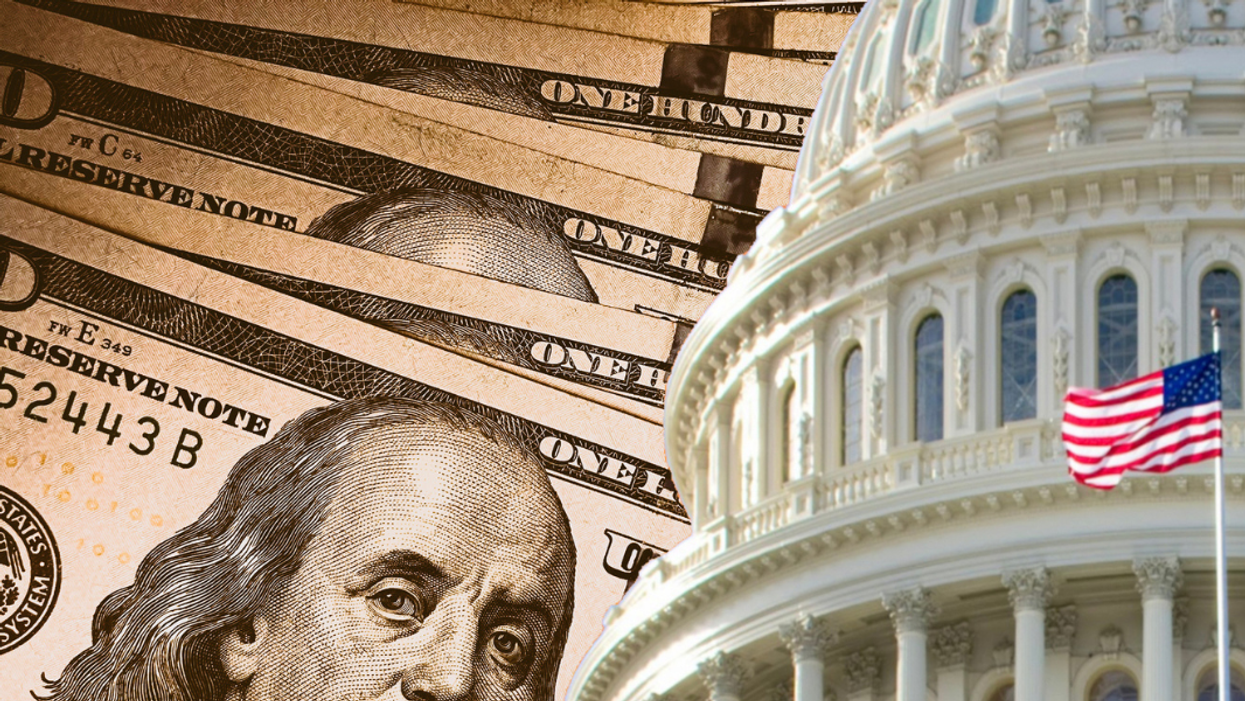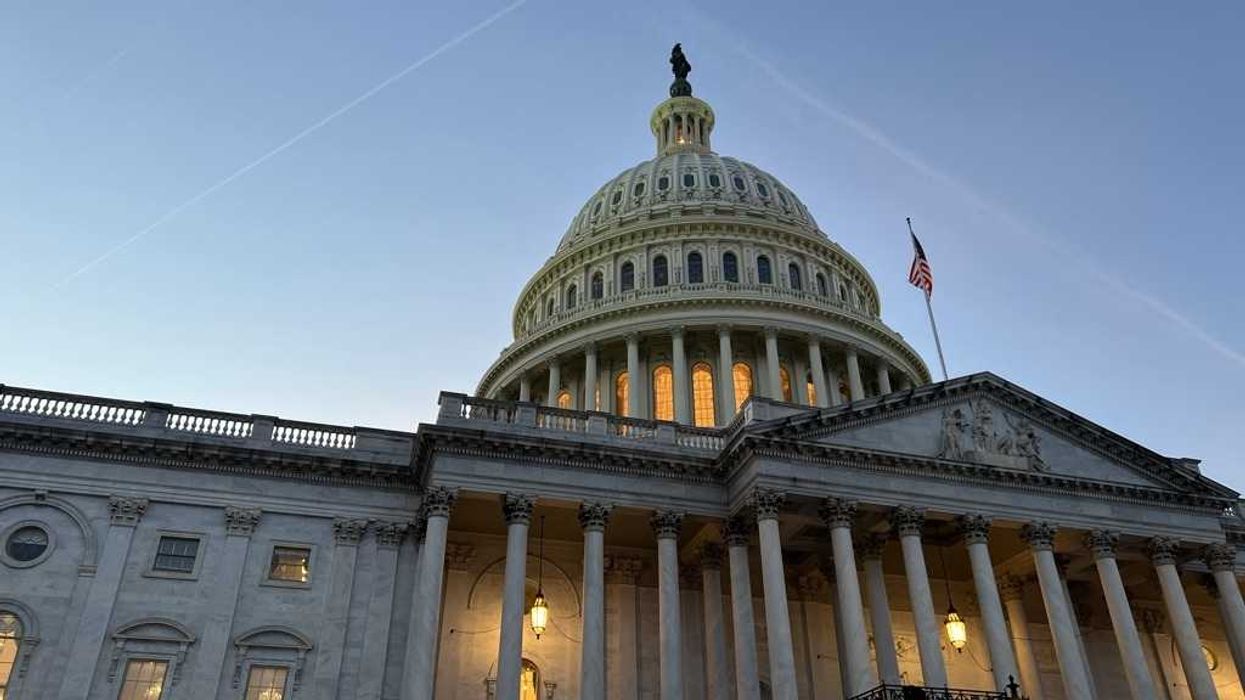William Natbony is an attorney and business executive specializing in investment management, finance, business law and taxation. He is the author of The Lonely Realist, a blog directed at bridging the partisan gap by raising questions and making pointed observations about politics, economics, international relations and markets.
Insider trading can be an exceedingly profitable enterprise, especially for a government employee, and most especially for a member of Congress. After all, government employment provides ready access to a consistent flow of material, including non-public information that can dramatically increase the ability to profit from stock trading. There is of course the legal restriction that such trading cannot be based on “inside information;” however, this is a hurdle that – surprisingly – virtually anyone can overcome.
There is no law, nothing whatsoever on the books, that makes it illegal to trade on “inside information;” no act passed by Congress and no rule or regulation issued by America’s securities regulators defines “inside information,” “insider trading,” or the “materiality” of “nonpublic information.” Current legal definitions derive from analyzing securities fraud cases where the specific actions of fraudsters have been held to constitute “insider trading.” Alleged fraudsters have had to be ostentatious, foolish or ill-advised to be found guilty (take a look, for example, at the incriminating texts and WhatsApp conversations disclosed in the recent indictment of billionaire Joseph Lewis).
The consequence is that an “insider trading” conclusion requires that the fraudster have had actual knowledge that she/he was receiving “material,” “nonpublic” information (1) from an “insider,” (2) who was breaching a duty of trust (a “fiduciary duty”) and (3) who received a benefit from doing so.
The lack of statutory and regulatory clarity has resulted in legal confusion, neatly illustrated in the case of C.B. Lee. Mr. Lee agreed in 2013 to plead guilty to insider trading because he was persuaded that the government would be able to prove that, even though he didn’t know where sensitive information he’d received had come from, he should have realized that it had come from a corporate insider. When three years later the Supreme Court ruled that insider trading requires that the alleged fraudster have actual knowledge that the inside information had come from an insider, Mr. Lee appealed and the Second Circuit Court of Appeals accordingly vacated his guilty plea. Lack of legal clarity indeed!
Recognizing the unfairness of existing judicial ambiguities, former U.S. Attorney Preet Bharara and SEC Commissioner Robert Jackson in 2018 created a task force to propose Congressional enactment of insider trading laws. Their project led to legislation that the House of Representatives passed in December 2019 and again in May 2021 (the Insider Trading Prohibition Act ( ITPA)) although it failed to garner sufficient support in the Senate to make it to the President’s desk. [Could it be that Congress has more important matters to address than clarifying an area of the law that encourages fraud?]
In mid-July, Senators Gillibrand (D-NY) and Hawley (R-MO) made a new, though severely limited proposal that would apply only to senior government employees, in an effort to address insider trading by sponsoring the bipartisan Ban Stock Trading for Government Officials Act (the Act).
The Act builds on the Stop Trading on Congressional Knowledge Act of 2012 ( 2012 STOCK Act), which attempted to forbid sitting members of Congress from trading on information gleaned from their work. Prior to the 2012 STOCK Act, members of Congress faced no limitations on insider trading (Congress perhaps viewing the opportunity to capitalize on inside information as part of every member’s appropriate compensation package?).
Although the 2012 STOCK Act sought to eliminate abusive Congressional insider trading through transparency, its few teeth resulted in widespread abuse and zero enforcement. The Wall Street Journal ’s “Capital Assets series” last year reported that, among the many recorded abuses of the 2012 STOCK Act from 2019 to 2021, 97 members of Congress, their spouses or dependents traded stocks in companies overseen by committees on which they sat, and many Executive Branch employees bought and sold stocks in companies that their agencies regulated and that their supervisors inexplicably approved. The Act would add financial penalties to the 2012 STOCK Act, ban the use of “blind trusts” – that provide the appearance, but not the reality, of ownership-and-control separation –, and ban the trading of individual stocks by members of Congress and senior Executive Branch officials, their spouses and dependents, but would not impose criminal penalties or expand the list of “related parties” to include other family members – both of which are significant omissions. Even so, the odds of passage are low in light of Congress’s ingrained self-interest.
The Act adds further transparency to financial disclosures, but falls short of the level of compliance and oversight currently required of securities and commodity businesses and publicly-traded corporations, which often ban all employees from trading stocks and provide procedures to ensure compliance and enforcement. Shouldn’t the same standards be applied to America’s elected and appointed officials? While there undoubtedly are justifications for maintaining the status quo (including in order to attract and maintain qualified individuals), is providing government employees with the opportunity to game America’s laws an appropriate way to provide adequate rewards?
There can be no doubt that the Act will be fiercely contested by special interests that feed at the trough of government largesse, and for reasons even greater than those that led to the demise of the ITPA. It is also likely that members of Congress will not be eager to limit their [insider] trading opportunities or to provide fearsome penalties for those of their colleagues who commit securities fraud, whether they be powerful allies or powerful enemies. Moreover, even if the Act should pass both Houses of Congress and be signed into law by the President and even if Congress successfully resurrects the ITPA, insider trading abuses can’t be eliminated, or even minimized, by laws that do not provide for adequate enforcement.
The harsh reality is that ending insider trading abuse has a cost that Congress appears unwilling to pay, an ideal opportunity for populist bipartisanship.





















